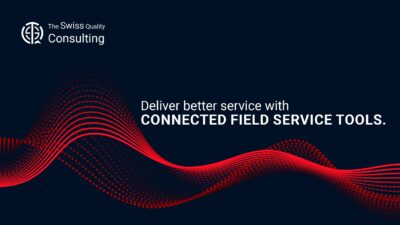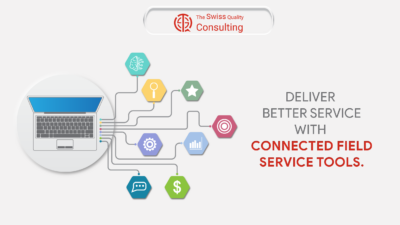Speech Recognition: Google’s Bold Move
In the ever-evolving landscape of technological innovation, companies like Google constantly push the boundaries of what’s possible. One such bold move was the introduction of Google’s free 411 service. While on the surface, it may seem like a simple service, a deeper analysis reveals a strategic decision rooted in the transformative power of speech recognition technology. This article explores the motivations behind Google’s move, emphasizing the pivotal role of speech recognition in shaping the future of technology.
The Unveiling of Free 411: A Closer Look
Google’s decision to offer a free 411 service raised eyebrows and prompted questions about the underlying rationale. Contrary to a superficial analysis linking it to the directory assistance service, the move was a strategic play to build a robust database of voices. This, in turn, reduces reliance on third-party providers like Nuance for speech recognition technology, marking a significant step toward technological self-sufficiency.
Understanding the Speech Recognition Landscape
In the realm of technology, speech recognition stands as a transformative force. It involves the ability of a machine to interpret and respond to spoken language, opening avenues for hands-free interaction with devices and systems. Companies worldwide are investing heavily in advancing speech recognition capabilities, given its potential applications in various fields, from virtual assistants to accessibility features.
Google’s Strategic Intentions: Beyond 411
“It’s because of speech recognition. It has nothing to do with 411 service: it has to do with getting a database of voices, so they don’t have to license speech technology from Nuance or someone else.”
The clarity in the quote underscores Google’s strategic vision. While offering a free 411 service may seem unrelated to speech recognition, it serves as a means to an end. By encouraging users to interact with the service, Google collects a diverse range of voices, creating a valuable database. This database, in turn, fuels the development and enhancement of in-house speech recognition capabilities.
The Power of In-House Speech Recognition
Owning speech recognition technology is akin to holding a key to a technological kingdom. It not only provides a competitive edge but also allows for greater flexibility and customization. In-house speech recognition empowers companies to tailor the technology to their specific needs, ensuring a seamless integration with existing products and services.
Strategic Implications for the Tech Industry
Google’s strategic move reverberates throughout the tech industry, setting a precedent for the importance of self-reliance in critical technologies. The decision to build an in-house database of voices challenges the conventional approach of licensing technology from specialized providers. This shift could influence other tech giants to invest more in developing their speech recognition capabilities, triggering a ripple effect across the industry.
The Broader Context: Leadership in Technological Advancements
The quest for technological leadership is a driving force behind such strategic decisions. By investing in cutting-edge technologies like speech recognition, companies position themselves at the forefront of innovation. This not only enhances their competitive position but also contributes to the overall advancement of the tech industry.
Implications for Change Management and Leadership
From a change management perspective, the integration of speech recognition technology signifies a paradigm shift in how businesses operate. It requires organizations to adapt to the changing technological landscape, fostering a culture that embraces innovation and invests in developing expertise in emerging technologies. Effective leadership plays a crucial role in steering companies through this transformative journey, ensuring a seamless transition toward technological self-sufficiency.
Looking Ahead: A Technological Frontier
As business executives, mid-level managers, and entrepreneurs, the strategic lessons from Google’s move should not be overlooked. Embracing change, investing in technological advancements, and strategically positioning oneself in the ever-evolving landscape are crucial considerations for sustainable success.
Conclusion: Navigating the Future with Technological Fortitude
Google’s decision to offer a free 411 service, when seen through the lens of speech recognition, reveals a calculated and forward-thinking strategy. It underscores the importance of technological self-sufficiency and positions speech recognition as a cornerstone for future innovations. As we navigate the technological frontier, businesses must heed the lessons from Google’s playbook, recognizing the transformative power of strategic decisions in shaping the future.
#Google #SpeechRecognition #TechnologicalInnovation #ChangeManagement #Leadership























